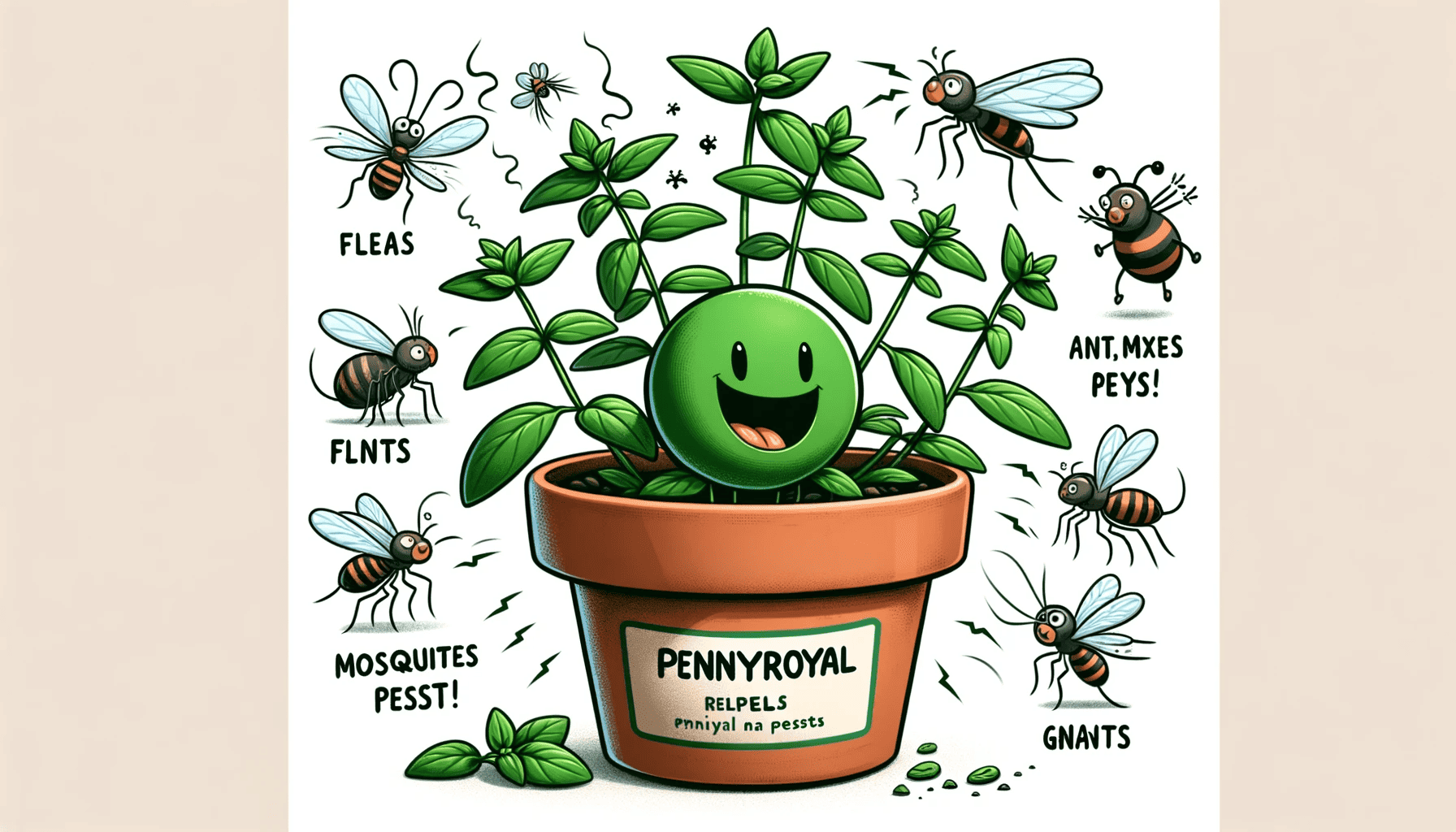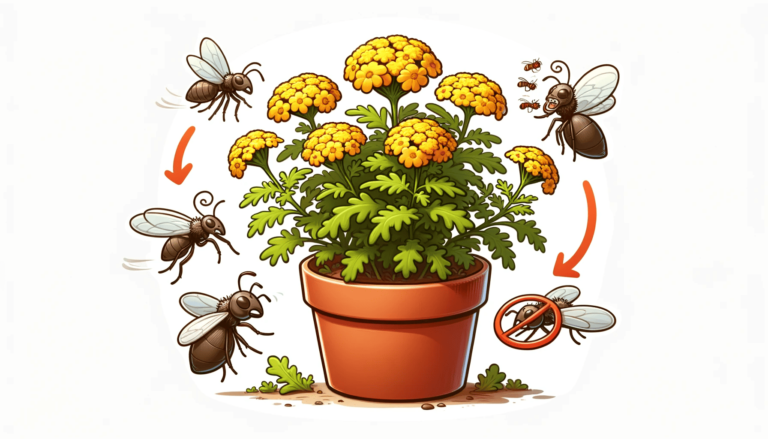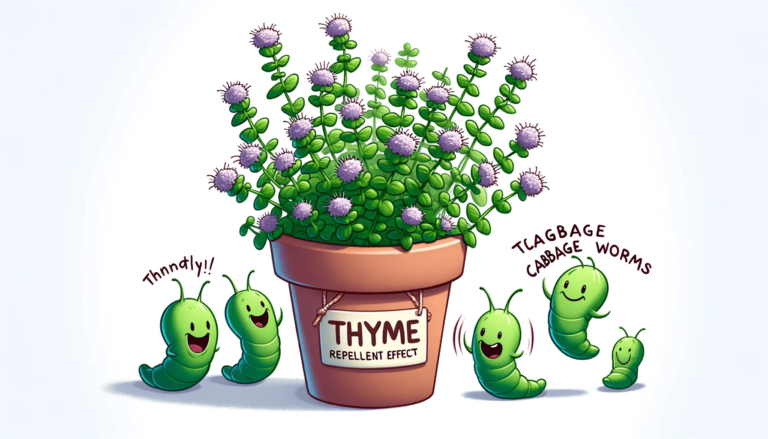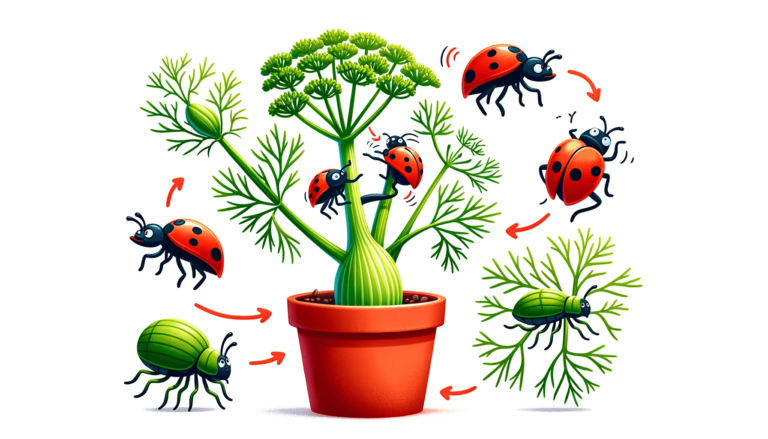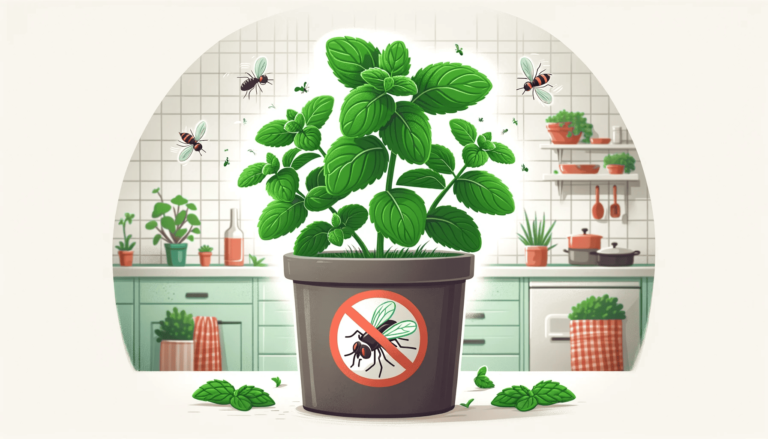Beat Bugs with Pennyroyal: The Ultimate Guide
This herb has a storied past in both the culinary world and as a natural insect deterrent. It’s fascinating how a plant can be so versatile, isn’t it?
Pennyroyal: The Natural Flea and Ant Repellent
Pennyroyal: A Potent Herb for Pest Control: Not only is pennyroyal effective against insects, but it also shines as a natural repellent for fleas, ants, and various pests. Its minty aroma is unwelcome to these critters, making it an ideal addition to any indoor garden for pest control.
The Pest Repellent Power of Pennyroyal: The secret behind pennyroyal’s pest-fighting ability lies in its strong scent and the presence of pulegone. This natural compound makes pennyroyal a safe and eco-friendly option for managing indoor pests.
Growing Pennyroyal Indoors: Cultivating pennyroyal at home serves a dual purpose – its delightful fragrance and its role in pest prevention. Thriving in well-drained soil and moderate sunlight, a pot of pennyroyal can be a natural shield against pests.
Growing Pennyroyal: Tips and Techniques
- Seeding: Sow in full sun or partial shade after the frost. Remember, these seeds need light to germinate.
- Care: Mist the seedbed lightly and expect seedlings in about two weeks.
- Propagation: Divide the plants every three to four years in early spring for best growth.
Using Pennyroyal Beyond Its Aromatic Appeal: Beyond its pleasant smell, pennyroyal leaves can be strategically placed or used to create natural repellent sprays. Handling it with care is crucial due to its potential toxicity.
The Evolution of Penny: A Glimpse into Its Historical Worth
The term “a pretty penny” has been synonymous with high value since 1768. But did you know? Back in 1792, the economic worth of a penny was so significant that the U.S. Mint considered the cost of the copper in each coin to prevent counterfeiting. This fascinating snippet of history links directly to our hero, the pennyroyal plant.
Transitioning from coins to plants, pennyroyal has two main types: European (Mentha pulegium) and American (Hedeoma pulegioides).
While they share a name, these low-growing, aromatic herbs have some key botanical differences.
Pennyroyal in Colonial Times: More Than Just a Plant
Did you know that colonists planted pennyroyal around their homes for pest control? It’s a testament to the plant’s efficacy as an insect repellent. But remember, its strong oils mean you should wash your hands after handling it.
While pennyroyal is beneficial, its oil can be quite harmful. It’s a stark reminder that natural doesn’t always mean safe. We’ll look at some case studies that highlight the importance of using pennyroyal cautiously.
Integrating Pennyroyal into a Comprehensive Pest Control Strategy
While pennyroyal is potent on its own, it’s most beneficial when used as part of a broader pest management strategy.
Combining it with other natural methods can enhance your home’s overall defense against pests.
Pennyroyal’s role in natural pest management is part of a bigger picture. For an in-depth understanding of using plants for pest control, explore our guide, “27 Indoor Plants Great for Pest Control“.
This resource offers extensive insights into various plants and their unique contributions to maintaining a pest-free environment.
Conclusion
Pennyroyal offers more than just a minty fragrance; it’s a practical and effective solution for natural pest control.
By incorporating this herb into your indoor garden, you’re choosing a healthy, eco-friendly method to protect your space from common pests.
So, as you enjoy the aroma of pennyroyal, remember its additional role as a natural guard against insects and rodents.
